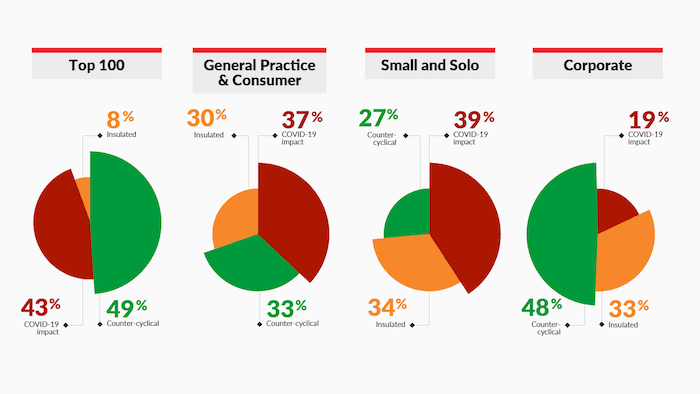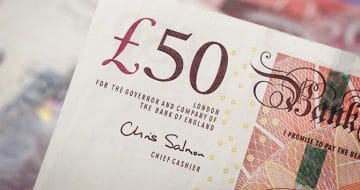Lockdown has hit certain specialisms hardest — but there are reasons for optimism, writes LexisNexis marketing chief Christopher O’Connor

With the news released by the Office for National Statistics on 12 June that gross domestic product (GDP) fell 20.4% in April (the highest decline on record and 10 times higher than the worst month of the 2008 recession), the real impact of COVID-19 is becoming clear.
Yet the effect of this economic shock on the legal market isn’t as straightforward as it might seem. Although many areas of the law are likely to be affected, some are counter-cyclical — when the economy is struggling, they tend to see more work.
Identifying these counter-cyclical areas and assessing the overall impact on demand for legal services is a crucial first step for lawyers and firms to plot a path to recovery. That is why my team at LexisNexis has launched the Gross Legal Product (GLP) Index. Like GDP, this tracks a representative basket of metrics that signify underlying demand for legal work. You can download the full report here.
The legal market contracted 2.5% in the first quarter of 2020, but there are pockets of growth. For the three months to March 2020, our model found a 2.5% decline in legal work. This may not sound high (particularly compared to GDP figures!) but it reverses almost half of the 5.1% growth since 2017 in a single quarter.
Lockdown has hit certain areas hardest. Property legal activity is down 25%, driven by the shutdown of the residential market (where sales are down 70%) and a distressed commercial real estate sector. Immigration has been equally affected — previously fast growing it has suffered from the suspension of global travel (international passenger numbers have fallen 99%).
But there are reasons for optimism. Employment law is booming, as firms figure out the legal ramifications of placing 7.5 million workers on furlough and prepare for the likely coming wave of redundancies. Commercial lawyers (in private practice and in house counsel) are on the frontline of managing the legal response to COVID-19 and this is reflected in our model, which shows demand has grown 8% in just three months. The purest counter-cyclical area of practice is restructuring and insolvency — economic turmoil always means more work for the administrators.
Although large firms are best placed financially to weather the crisis, smaller firms and, particularly, corporate lawyers are more likely to see demand increase. The top 100 firms have more exposure to areas of the law likely to contract (43%) than any other section of the market. In-house legal work is more likely to grow than shrink — more than 80% of their work will be stable or will increase over the next few months as the crisis continues.

What does this mean for law students? You have already had to adapt to online exams and some of you will be expecting to spend the majority of the next academic year learning from home. But you now have another challenge — finding a job in the worst recession on record. Although I can’t offer much comfort, our practice area analysis may help you plan your applications. Areas of expansion (employment, commercial, tax) or stability (competition, compliance, family) are more likely to be hiring. If your heart had been set on a career in one of the areas worst hit by COVID-19 (immigration, property, crime) then you may find a tougher recruitment market as those firms look to cut costs.
For aspiring barristers, depending on your intended specialism (commercial disputes are likely to increase), we forecast that litigation will take some time to recover, so you may want to consider building experience in another area of the law while waiting for the bar to recover.
Christopher O’Connor is head of segment and product marketing at LexisNexis.


